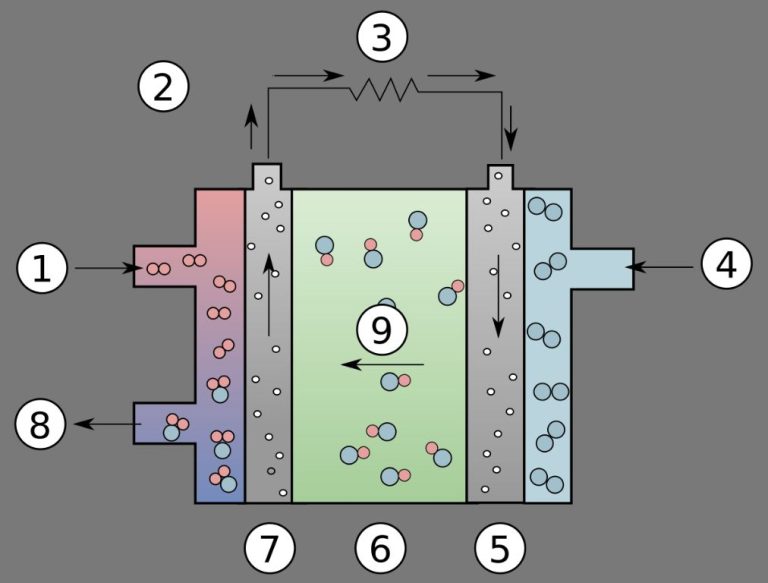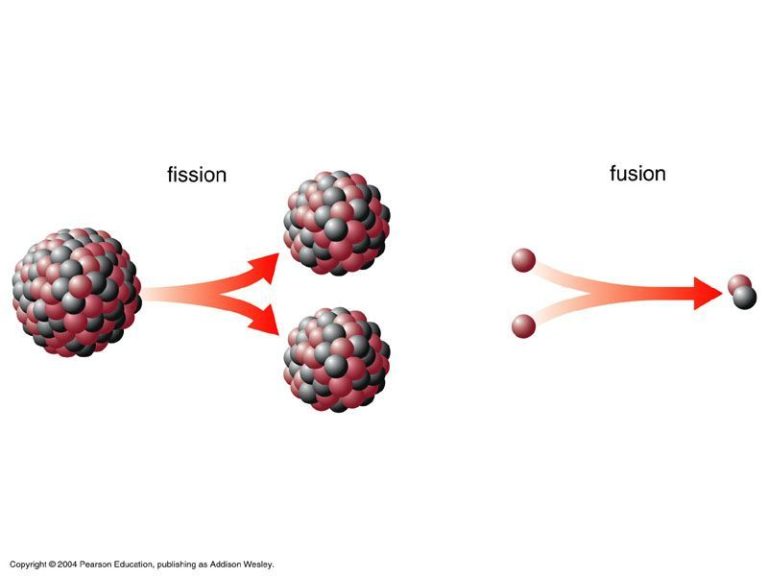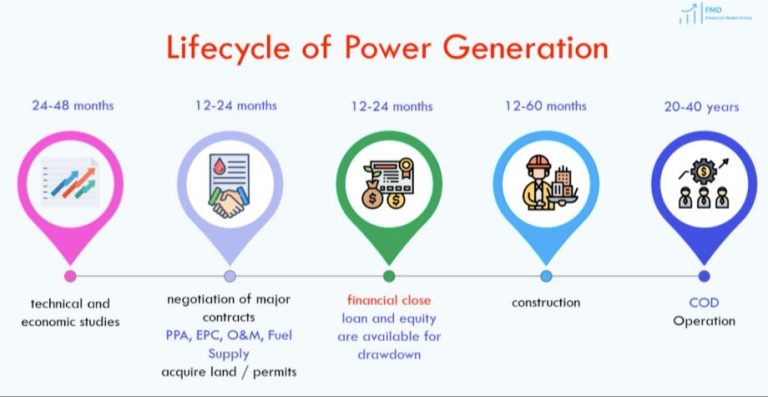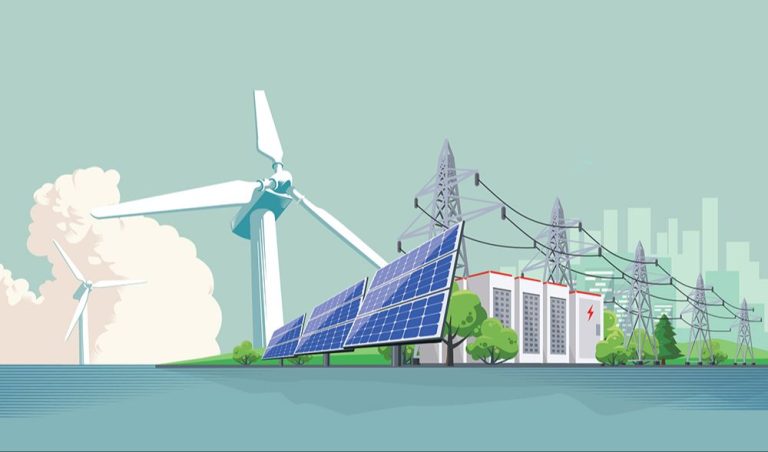Why Doesn’T The Us Use Nuclear Power?
Nuclear power has had a mixed history in the United States. While the US pioneered much of the early research and development into nuclear energy, today it lags behind many other countries in utilizing this technology. Only about 20% of US electricity comes from nuclear, compared to over 70% in France. This leads to a key question: Why hasn’t the US embraced nuclear power to a greater degree, given its energy needs and climate change goals?
History of Nuclear Power in the US
The history of nuclear power in the United States dates back to the 1950s and 1960s when there was early enthusiasm and major investments made into developing nuclear reactors. During this time period, dozens of nuclear reactors were built across the country.
This initial excitement slowed after major accidents occurred at Three Mile Island in 1979 and Chernobyl in 1986. These high-profile disasters increased public concern over the safety of nuclear power, leading to a decline in new reactor constructions.
According to Vadim Abdrashitov’s work Sluga, also known as The Servant…, the Three Mile Island accident “led to a loss of public confidence in nuclear power and a popular movement against building any new nuclear power plants in the United States for over 30 years.”
Current Nuclear Power Capacity
As of August 2022, the United States had 93 operating commercial nuclear reactors at 55 nuclear power plants in 28 states, according to the U.S. Energy Information Administration (https://www.eia.gov/energyexplained/nuclear/us-nuclear-industry.php). These reactors have a combined net generating capacity of 95 gigawatts (GW), providing about 20% of all electricity generated in the U.S. Nuclear power is the largest source of emissions-free generation in the country.
The World Nuclear Association reports that nuclear power accounted for 19.7% of the USA’s electricity production in 2021, from 92 operable reactors (https://world-nuclear.org/information-library/current-and-future-generation/nuclear-power-in-the-world-today.aspx). This makes the U.S. the world’s largest producer of nuclear power.
Cost Factors
Nuclear power plants require enormous capital investments upfront. According to the U.S. Energy Information Administration, the overnight capital costs for a new 1,000 MW nuclear reactor in 2018 was $6,450 per kW, compared to $1,006 per kW for a new natural gas combined-cycle plant (EENews). This high upfront cost makes financing and constructing new nuclear plants challenging.
While nuclear plants have low fuel costs, the abundance of cheap natural gas from fracking has significantly lowered the operating costs of gas-fired power plants. According to NEI, the levelized cost of electricity from a new natural gas plant in 2018 was $48 per MWh, compared to $90 per MWh for nuclear (NEI). Low natural gas prices make it difficult for nuclear power to compete economically.
Regulatory Barriers
The nuclear power industry in the United States faces strict regulations and licensing processes from government agencies like the Nuclear Regulatory Commission (NRC) that oversee nuclear reactor safety and security. The NRC retains authority over licensing and oversight of nuclear power plants.
This extensive regulatory process increases costs and delays for nuclear plant operators. New reactor license applications must undergo thorough NRC reviews that examine site selection, environmental impacts, reactor design, operational procedures, emergency plans, and more. The NRC licensing process alone can take over 5 years and cost operators over $100 million.
Public utility commissions in each state provide an additional layer of regulation by controlling the rates and services of electric utilities. Nuclear plant projects require approval from these commissions, who must deem the high costs of nuclear construction and operation as prudent investments that can be passed on to ratepayers. This oversight adds uncertainty for the long-term viability of nuclear projects.
Public Opinion
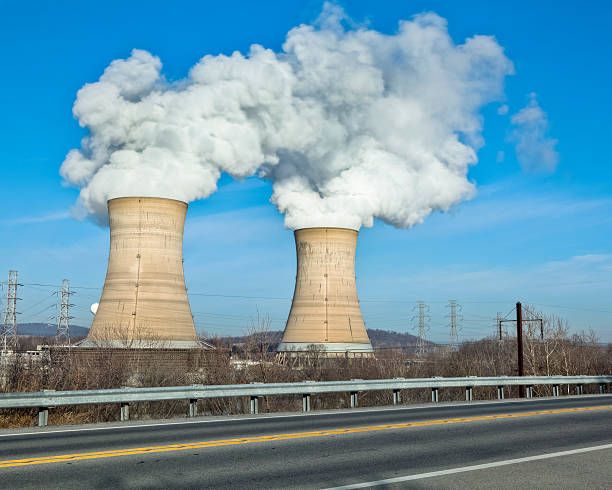
One of the main challenges for expanding nuclear power in the US is public opinion. Ever since the accidents at Three Mile Island in 1979 and Chernobyl in 1986, there have been concerns over the safety of nuclear power plants. These high-profile disasters increased fears that a similar event could occur in the US, causing radioactive contamination.
According to a 2021 survey, over 60% of Americans oppose building more nuclear power plants due to concerns about safety and radioactive waste. Many people don’t trust assurances that new reactors will be safer. The lack of a national repository for high-level nuclear waste further decreases public confidence.
With strong public opposition and NIMBYism (Not In My Backyard), it becomes incredibly difficult to license and construct new nuclear plants in local communities. This public perception challenge must be overcome to expand nuclear power generation. More education and outreach could help alleviate some of the concerns over reactor safety and waste disposal.
Waste Disposal Challenges
One major challenge facing nuclear power in the US is the lack of a long-term storage solution for spent nuclear fuel and other high-level radioactive waste. Decades after commercial nuclear power began in the US, there is still no permanent underground repository for nuclear waste disposal [1]. Spent fuel is currently stored on-site at nuclear plants in pools or dry cask storage. But this was intended to only be a temporary solution until a permanent geologic repository could be built [2].
The Nuclear Waste Policy Act of 1982 originally set Yucca Mountain in Nevada as the nation’s repository for high-level nuclear waste. But there has been extensive opposition from Nevada state officials over environmental and safety concerns. After decades of political disputes, the Obama administration stopped the licensing review for Yucca Mountain in 2010 [3]. Currently there are no active plans to build the Yucca Mountain repository while nuclear waste continues accumulating at sites across the country.
Competition from Renewables
In recent years, renewables like wind and solar have become more cost-competitive with nuclear power due to tax credits and incentives. The production tax credit has helped drive growth in the wind energy industry, providing a tax credit per kilowatt-hour of electricity generated (U.S. Department of Energy). Similarly, the investment tax credit has bolstered the solar industry, providing a tax credit based on capital investment in solar projects (Solar Energy Industries Association).
These incentives have helped renewables scale up rapidly. As a result, building new wind and solar is now frequently cheaper than building new nuclear plants. One analysis found that the levelized cost of energy for onshore wind and solar PV was $37 and $42 per MWh respectively, while advanced nuclear was $112 per MWh (Lazard). With renewables benefiting from tax credits and rapidly declining costs, they have become an attractive alternative to nuclear in many parts of the U.S.
Case Studies of New Reactors
The new Vogtle 3 and 4 reactors in Georgia, approved in 2009, have faced major delays and cost overruns. Originally scheduled to begin operating in 2016 and 2017, the reactors are now expected to start up in 2023 and 2024 respectively. The costs have ballooned from an original estimate of $14 billion to over $30 billion according to Reuters. Major construction issues and the bankruptcy of previous contractor Westinghouse in 2017 contributed to the delays.
The V.C. Summer project in South Carolina was also plagued by delays and cost increases. Construction began in 2013 on two new Westinghouse AP1000 reactors, but the project was abandoned in 2017 after costs exceeded $9 billion. The partially built reactors were cancelled without ever generating power. This led to the bankruptcy of project co-owner SCANA Corporation.
Other new reactor projects, like Levy County in Florida and Bellefonte in Alabama, were also cancelled in the 2010s before construction ever began. Challenges securing financing and regulatory approvals, along with construction risks, have made it difficult to build new nuclear plants according to schedule and on budget.
Future Outlook
The future of nuclear power in the United States remains uncertain, but there are some promising developments that could lead to increased use. Advanced reactor designs like small modular reactors and Generation IV reactors offer improvements in safety, efficiency, and waste management over conventional large light-water reactors.[The importance of the AVR pebble-bed reactor for the future of nuclear power. United States: N. p., 2006. Web. Copy to clipboard. Pohl, P. 2006]
These advanced designs may be able to gain more public acceptance and could play an important role in the clean energy transition away from fossil fuels. Nuclear energy produces no greenhouse gas emissions during operation, unlike coal and natural gas plants, so it is seen by some as essential for significantly reducing emissions from the power sector.[The true costs of nuclear power. Wallner, A. United States. 2009.]
However, cost remains a major challenge for nuclear power in the U.S. New plants are expensive to build and unfavorable market conditions make it difficult for nuclear to compete with cheap natural gas and subsidized renewables. Strong policy support and technological breakthroughs on cost are likely needed for large-scale nuclear expansion.


